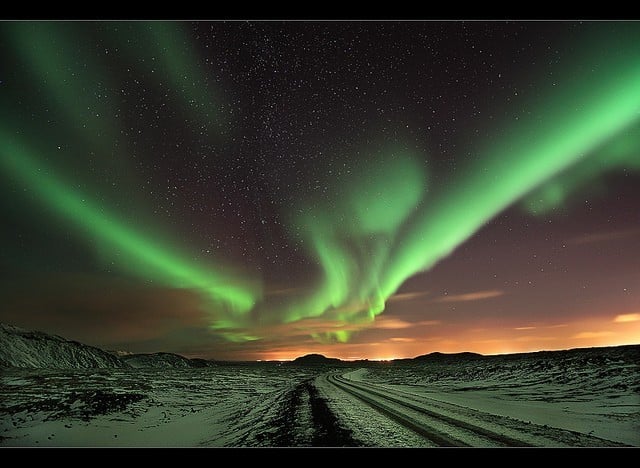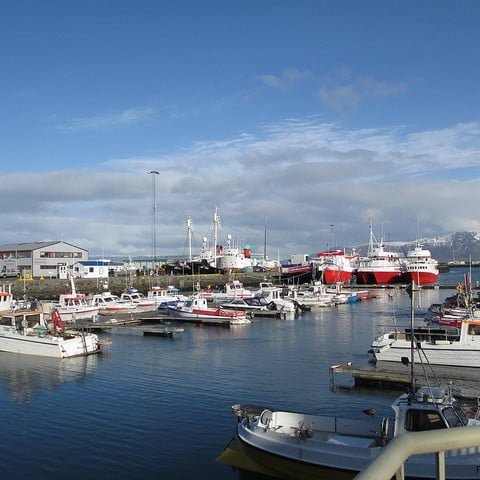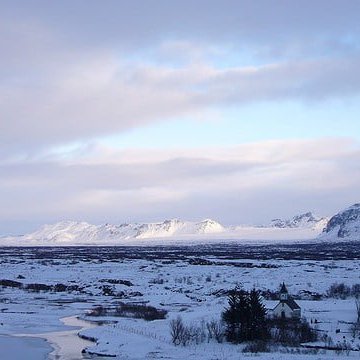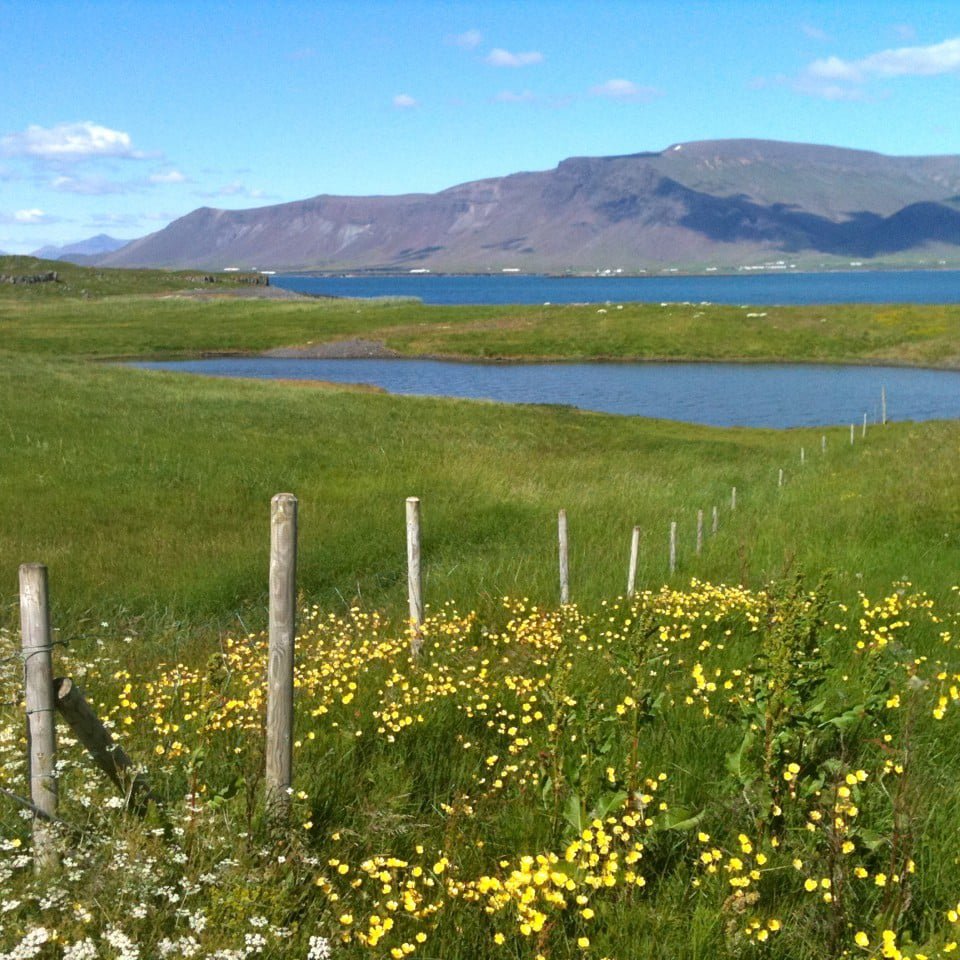Weather in Iceland
As far as country names go, Iceland isnt one that inspires much confidence in the climate. But while its true that were chillier than our southerly European neighbors, were not as cold as you might think! The Icelandic seasons follow a different rhythm than folks from more temperate climes may be used to, but just like our country itself, theyve got a lot of character.
Because were so far north, summer comes later to Iceland than it does in other countries. We usually start warming up in mid-June, but some rural places dont fully thaw out until another month after that. July and August are our proper summer months. The weather is mild, the skies are blue (most days!), and rainy days are less likely. This is the time of year when locals flock to the country to relax in cabins or campgrounds, soaking up as much sun as we can before winter. Summer is also when Iceland sees the most tourists, as even the most remote parts of the country are accessible at this time of year.
The shoulder seasons (April-May, September-October) are full of the sort of weather that go well with a mug of cocoa and a soak in a hot spring. Moody skies, brisk wind, and a healthy dose of rain are all par for the course this time of year, although May usually being the sunniest month of the year. Snow is also possible, especially the closer you get to the winter months. Since the summer gets all the attention, popular tourist spots are less packed this time of year, making it an excellent opportunity for those who are after a little more peace and quiet.
Winter in Iceland is cold, yes, but its got a magical quality. There are few experiences more breathtaking than standing in fresh snow, watching the northern lights dance overhead. And though youll want to be wearing something warm, winter temperatures in Reykjavik rarely dip more than a few degrees below freezing. The farther north you go, the more youll need to bundle up.
Even in summer, Icelandic weather can be unpredictable. When packing for your trip, bring lots of layers. Its always a smart idea to carry a light jacket or sweater, and youll want to choose your footwear with a chance of rain in mind. In colder months, thick coats, waterproof jackets, scarves, hats, and gloves will keep you comfy as you explore our beautiful country.






